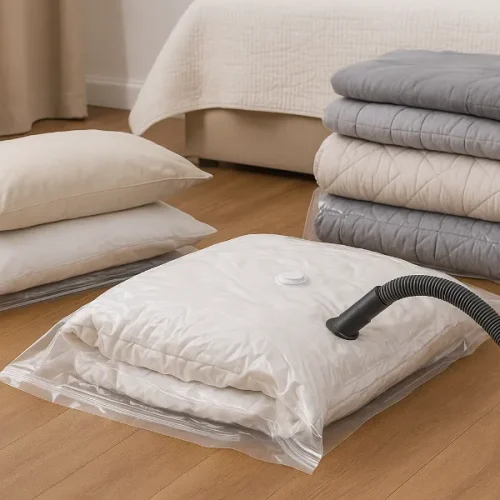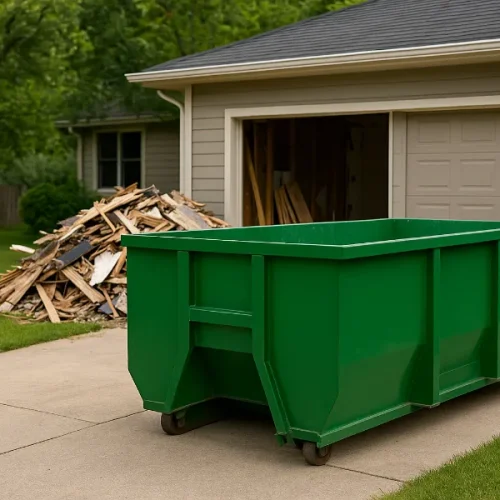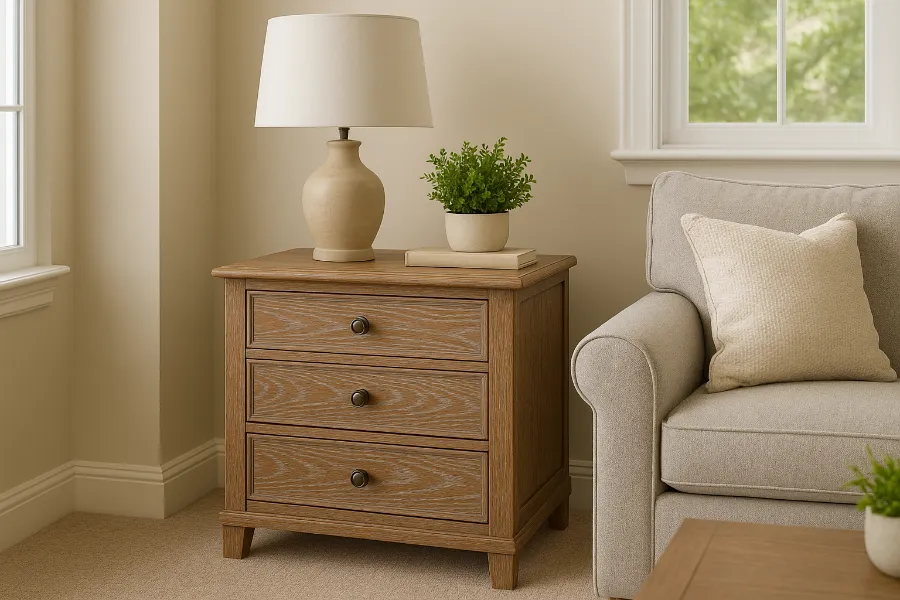
If you’ve ever admired that rustic farmhouse look or the soft whitewashed grain of antique furniture, chances are you’ve seen liming wax over stain in action. This finishing technique has been around for centuries, originally used as a way to protect wood floors while giving them a pale, aged appearance. Today, it’s a favorite among DIY enthusiasts and professional woodworkers for its ability to transform even the darkest woods into pieces full of character and charm.
Let’s dive into what makes liming wax so unique, how to use it effectively, and the steps you’ll need to follow for professional-looking results.
Why Choose Liming Wax Over Stain?
Using liming wax over stain creates a layered effect that balances depth and light. The stain enriches the wood’s natural tone, while the wax settles into the open grain, highlighting texture and imperfections in a striking way. The result? A finish that looks simultaneously vintage and modern.
Key benefits include:
- Enhancing the natural grain of woods like oak and ash
- Softening dark stains with a whitewashed effect
- Adding an “antiqued” farmhouse vibe
- Easy application with low risk compared to paint or heavy finishes
- A customizable look: subtle or bold depending on how much wax you work in and wipe away
Best Woods and Stains for Liming Wax
Not all woods react the same way to liming wax. To get the best results, choose open-grain woods such as:
- Oak
- Ash
- Chestnut
Closed-grain woods like maple or cherry won’t hold the wax in their pores as well, so the effect may be minimal.
As for stains, darker tones tend to contrast beautifully with liming wax. Think: walnut, ebony, or dark brown gel stains. A lighter stain can work too, but the white pigment may appear more subtle.
Tools and Materials You’ll Need
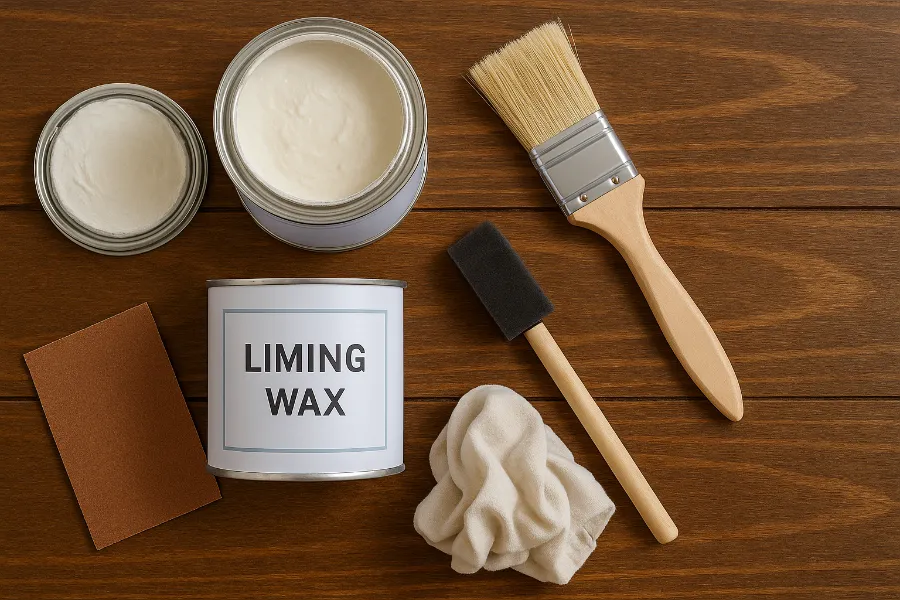
Before starting your project, gather the following:
- Stain of your choice (oil-based or gel stains work well)
- Liming wax (Briwax Liming Wax is a popular option)
- Clear furniture wax (for sealing and controlling the effect)
- Lint-free cloths or rags
- A small brush (watercolor brushes work well for targeted areas)
- Optional: 0000 steel wool or a wire brush to open the grain
- Sandpaper (150–180 grit)
- Gloves
Step-by-Step Guide: Applying Liming Wax Over Stain
Step 1: Prepare the Wood Surface
Start with bare wood if possible. Strip old finishes and sand smooth with 150–180 grit sandpaper. Wipe away dust thoroughly. If you want a more dramatic effect, use a wire brush to open the grain slightly.
Step 2: Apply Your Chosen Stain
Using a brush or rag, apply your stain evenly with the grain. Let it penetrate, then wipe away the excess. Allow the stained surface to dry fully—usually 24 hours.
Step 3: Seal (Optional but Recommended)
Applying a thin coat of clear furniture wax or shellac sealer creates a barrier. This step prevents the liming wax from over-bleaching the stained wood and makes removal of excess wax easier.
Step 4: Apply the Liming Wax
Scoop a small amount of wax onto a cloth or brush. Rub it across the grain so it works into the pores of the wood. A little goes a long way—focus on forcing the pigment into cracks, knots, and natural imperfections.
Step 5: Work It In and Wipe Away Excess
After a few minutes, wipe lightly with the grain. The wax will remain in the pores while leaving a soft haze over the surface. If it looks too heavy, apply clear wax over the top and wipe—it will lift the excess and leave only what you want.
Step 6: Buff for a Satin Finish
Let the piece dry for 15–20 minutes. Then buff with a clean cloth until you achieve a soft sheen. For extra durability, add another coat of clear wax after 24 hours.
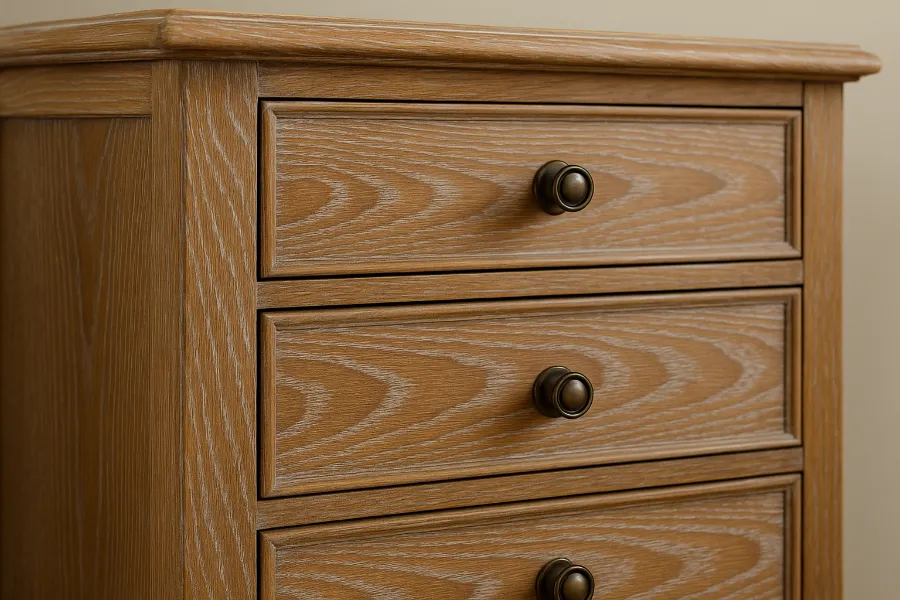
Highlighting Imperfections with Liming Wax
Unlike other finishes, liming wax celebrates the flaws in wood. Knots, cracks, and seams take on more pigment, giving the piece a naturally aged look. Many DIYers use liming wax to mimic decades of wear in just an afternoon. Think of it as wood’s version of Kintsugi—the Japanese art of making imperfections part of the beauty.
Common Mistakes to Avoid
- Skipping prep: Wax won’t sit evenly if the surface isn’t sanded or cleaned.
- Applying too much wax: This leads to a cloudy, streaky finish. Always work in thin layers.
- Using on sealed or closed-grain wood: The effect won’t show unless the wood has open pores.
- Not sealing after application: Wax alone offers limited durability. A coat of clear wax helps protect the finish.
- Using in high-moisture areas without caution: Bathrooms or kitchens with steam and spills may require stronger topcoats than wax.
Alternatives to Liming Wax
If you love the whitewashed look but need a more durable topcoat, consider:
- White grain fillers: Fill pores with a white filler, then seal with polyurethane.
- Diluted white paint or pickling stain: Offers a similar look with greater durability.
- Commercial wood grain enhancers: Some brands offer premixed solutions, though reviews are mixed.
Caring for Furniture Finished with Liming Wax
Wax finishes require light maintenance. Reapply clear wax every 6–12 months to keep protection intact. For cleaning, avoid harsh chemicals—stick with a damp cloth. Over time, the finish will develop a natural patina, adding even more character.
Inspiration: Where to Use Liming Wax Over Stain
- Doors: Highlight the grain of oak doors for a vintage farmhouse vibe.
- Dining tables: A dark-stained table transformed with liming wax becomes a rustic centerpiece.
- Bathroom vanities: Adds texture and contrast, though sealing is key in damp areas.
- Cabinetry: Gives a whitewashed, bleached wood look without fully painting.
- Accent furniture: Coffee tables, sideboards, and buffets shine with this finish.
Final Thoughts
Using liming wax over stain is one of the easiest ways to give your wood furniture depth, character, and timeless appeal. Whether you’re updating an antique door, refreshing a pine buffet, or giving oak cabinets a modern twist, this technique is approachable for beginners yet impressive enough for seasoned woodworkers.
So grab a rag, your favorite stain, and a tin of liming wax—you’ll be amazed at how quickly your piece transforms into a conversation-worthy treasure.










